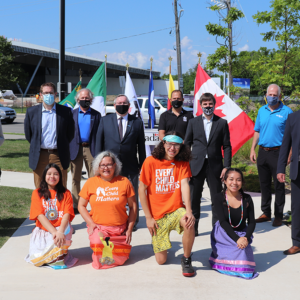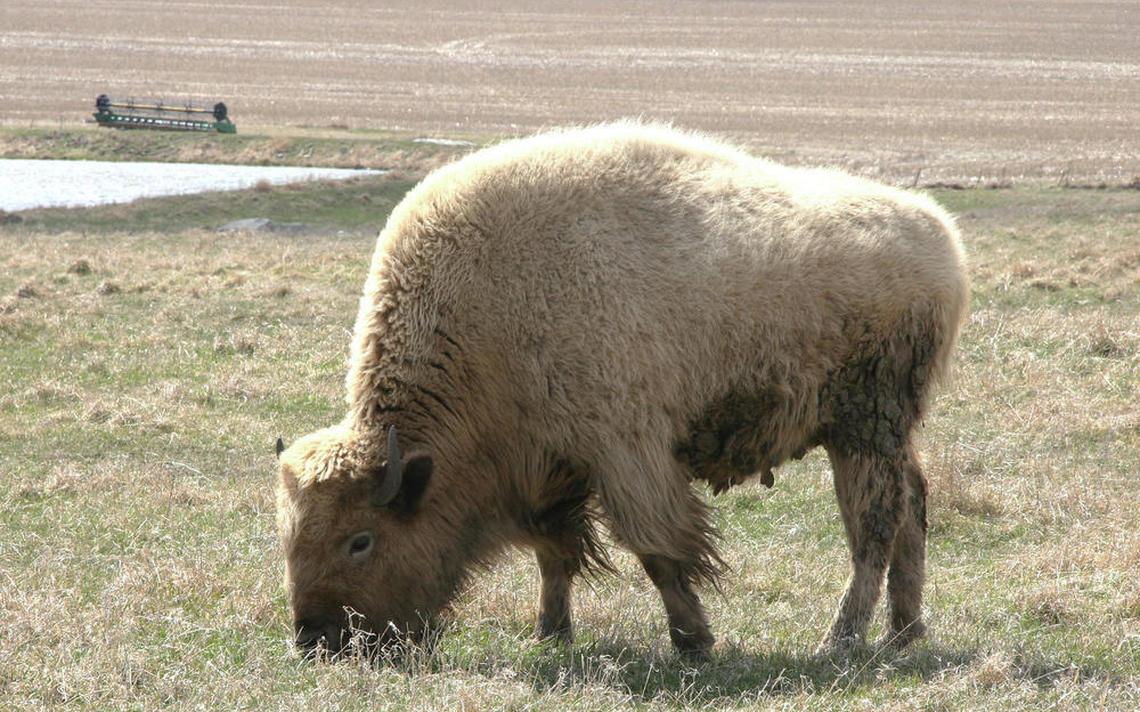AKWESASNE – Many visitors to this historic Onkwehon:we community are just passing through an international transit point, either heading north or south. Yet the majority of crossings between Massena, New York and Cornwall, Ontario actually often head east or west, onto the different parts of Kawehno:ke, also known as Cornwall Island. Also increasingly, the political frontlines of Akwesasne have again been dominated by this small island some say is at the center of an international storm.
Administered by the Mohawk Council of Akwesasne (MCA), Kawehno:ke was the site of the 2009 Canadian Border Security Services (CBSA) port of inspection relocation. The Akwesasne Peoples Fire took modern shape there, as community members from all walks of life came together under a common banner. Essentially, this simmering drama is still unfolding, although very tediously, through the follow-up CBSA actions. Confiscating vehicles traveling entirely within Akwesasne is likely to continue to strain relations between locals and the beleaguered security agency.
The anticipated announcement of the CBSA secondary inspection area remains looming. Community petitions circulated in Akwesasne seemed to show a division as to where the preferred location actually was. Most would have signed yet another petition to remove the border entirely, according to members of the Akwesasne Men’s Council. “Cornwall and Cornwall Island are still both parts of Akwesasne. Kanien’keha:ka people helped British loyalists on the run from the Mohawk Valley in 1784 after the American Revolution. This was when the City of Cornwall was then known as New Johnstown. How short their memories are,” declared Kanaretiio, the Bear Clan Representative.
Recent efforts to reform a previously-centralized band council on Kawehno:ke, apart from the MCA governance structure have been met with mostly deaf ears. Community organizers of the reformed Cornwall Island band council proposal in fact have reported a backlash to their efforts by some community elements. With rising seasonal air temperatures, 2014 may again see a long political season ripened by a hot summer.
The recent closing of the high span international bridge, coupled with the controversy of chemical storage tanks along the Cornwall waterways it shares with the Akwesasne community have changed the environment visually. Political tensions between the MCA leadership and the CBSA over the high cost of the car seizures have reached a point of exasperation. Meetings directly between the MCA and the United States government have also been the center of attention regionally, concerning border security. Also, plans to proliferate Akwesasne business models for tobacco and fuel within the City of Cornwall itself have remained on the tip of some entrepreneurs tongues since 2009, egging on the independent MCA initiatives.
In fact, the differing opinions concerning border security conditions at Akwesasne have come out between the MCA and U.S. Department of Homeland Security officials during recent meetings.
Special Agent Matt King, who is a deputy assistant secretary of the Department of Homeland Security’s Office of International Affairs, testified that human smuggling has dropped significantly along the northern border of the United States. He attributed this to elevated security networks and criminal fines laid on offenders, resulting in as much as a 95% drop in alien trafficking near Akwesasne, according to published reports. His comments included mentioning how his agency works with tribal entities…across the board.
MCA chiefs in attendance brought their own opinions out following the conference at the Woodrow Wilson Center in Washington, D.C. Kana:takon District Chief Steve Thomas was quoted as saying “This is a police state. There are cameras on every road leading out of this (Akwesasne) territory.”
Brian David, a Kawehno:ke District Chief representing the MCA also attended the conference, entitled “Smuggling on the U.S-Canada Border: Contraband, Crime, and Terror.” In published reports, he stated that Akwesasne leaders are not included in the development of law and policy until right before the ink is dry. He said “ It’s only at that point that the authorities come to us and ask, what do you think about this? What does it matter? Ninety-five percent of the work is done (then).”
Recently the MCA publicized plans to move the symbolic wooden statue located on Kawehno:ke to Kana:takon. The reason for the relocation of immortalized Akwesasne freedom martyr Jake “Fire” Ice was that he was originally from Kanatakon. While this particular reminder of the past may be uprooted, the politics of Kawehno:ke will remain both compelling and immediate to Akwesasne residents.








Comments are closed.